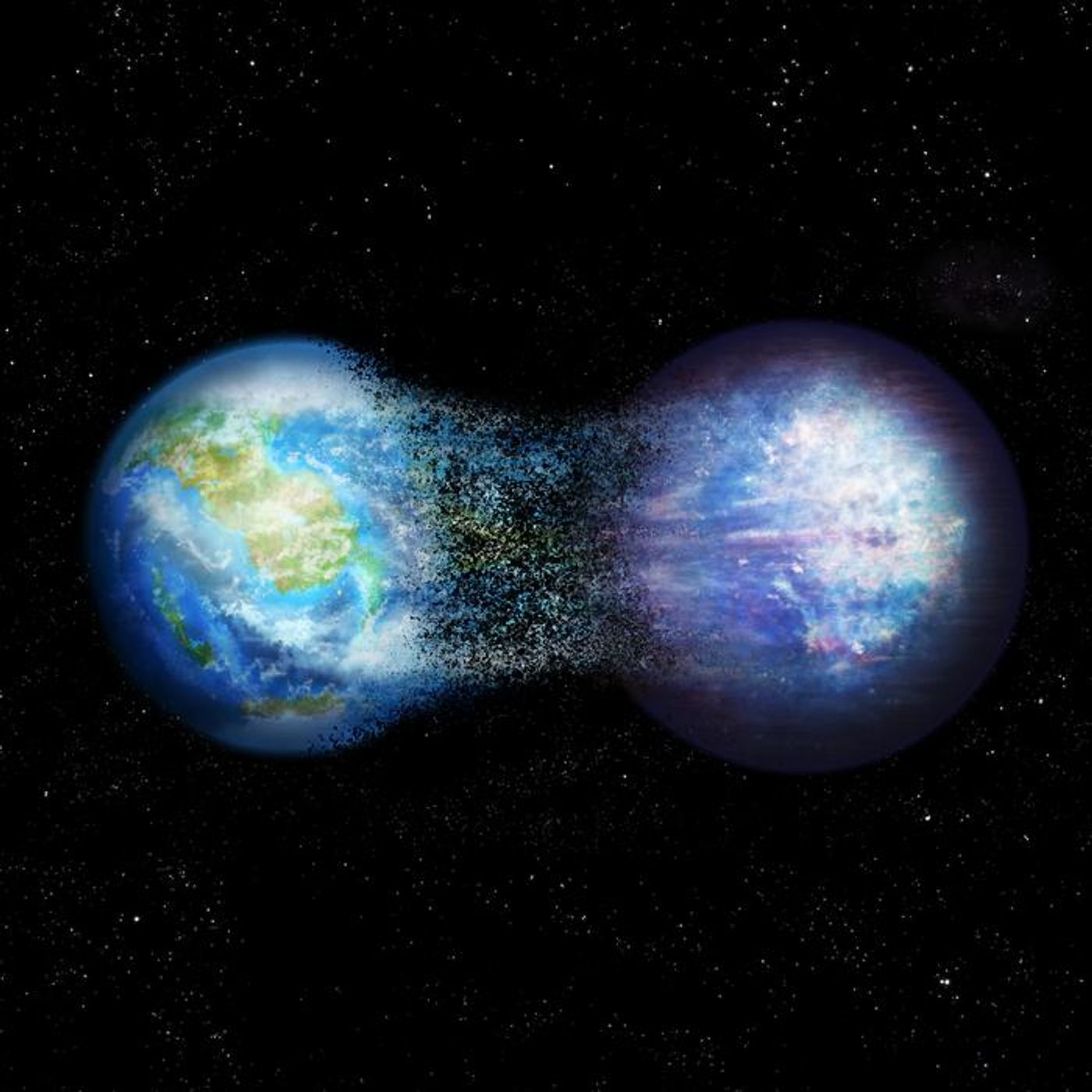Exploring the Runaway Greenhouse: Implications for Exoplanet Habitability
Could Earth end up with a runaway greenhouse effect like Venus someday, and what could this mean for finding life on exoplanets? This is something a recent study published in Astronomy & Astrophysics hopes to address as an international team of researchers used a 3D global climate model to investigate if Earth is destined to develop a runaway greenhouse effect like the planet Venus, which precious studies speculate was once much like Earth long ago. This study holds the potential to bring awareness of the long-term consequences of climate change and what steps can be taken to mitigate the effects.
A Runaway greenhouse effect can turn a habitable planet like Earth with a surface liquid water ocean into an inhospitable planet like Venus. (Credit: Thibaut Roger / UNIGE)
“Until now, other key studies in climatology have focused solely on either the temperate state before the runaway, or either the inhabitable state post-runaway,” said Dr. Martin Turbet, who is a research scientist at CNRS laboratories of Paris and Bordeaux and a co-author on the study. “It is the first time a team has studied the transition itself with a 3D global climate model and has checked how the climate and the atmosphere evolve during that process.”
For the study, the researchers used a 3D General Circulation Model (GCM) to investigate the transitions that planets undergo to achieve a runaway greenhouse effect with the researchers beginning with the assumption that such a planet started off with a liquid surface ocean like the Earth and the models consisting of two phases: evaporation and dry transition. For the evaporation phase, the liquid water ocean is slowly boiled off, causing a substantial increase in atmospheric water vapor. For the dry transition phase, the surface temperature drastically increases to inhospitable levels.
“Assuming this runaway process would be started on Earth, an evaporation of only 10 meters of the oceans’ surface would lead to a 1 bar increase of the atmospheric pressure at ground level,” said Dr. Guillaume Chaverot, who is a postdoctoral researcher at the Université de Genève and lead author on the study. “In just a few hundred years, we would reach a ground temperature of over 500°C. Later, we would even reach 273 bars of surface pressure and over 1 500°C, when all of the oceans would end up totally evaporated.”
In addition to investigating the potential processes behind a runaway greenhouse effect, the researchers also explored the potential to reverse the effects of a runaway greenhouse by reducing the amount of solar radiation reaching the surface, also called insolation. These new insights could help scientists better understand not only how climate change on Earth could result in a runaway greenhouse effect, but also how life could form and evolve on exoplanets throughout the universe, as well.
“By studying the climate on other planets, one of our strongest motivations is to determine their potential to host life,” said Dr. Émeline Bolmont, who is an assistant professor and director of the UNIGE Life in the Universe Center (LUC) and co-author on the study.
What new discoveries will researchers make about the runaway greenhouse effect will scientists make in the coming years and decades? Only time will tell, and this is why we science!
As always, keep doing science & keep looking up!
Sources: Astronomy & Astrophysics, EurekAlert!, Université de Genève









